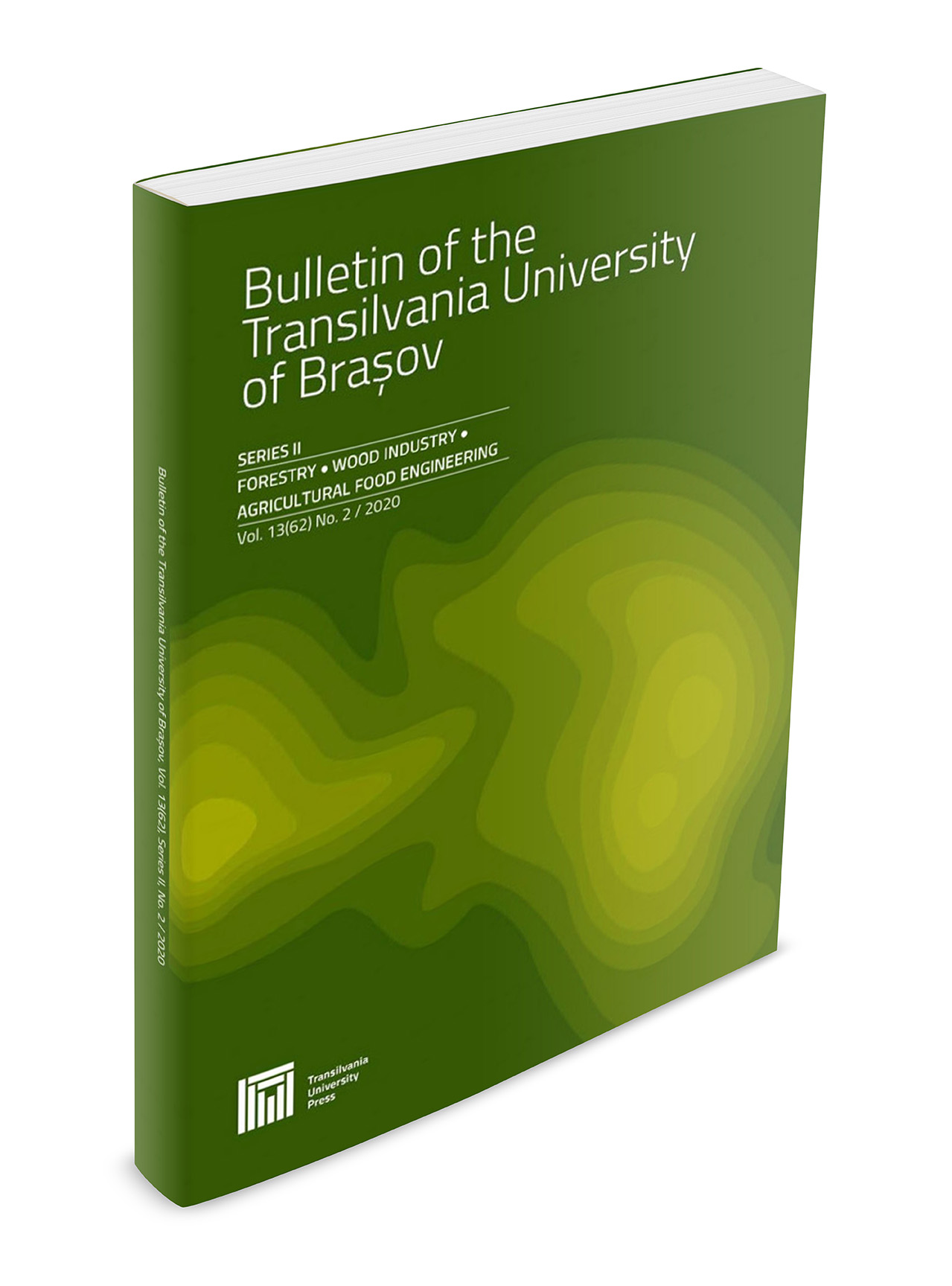Biomass Transportation Costs by Activating Upgraded Forest Roads and Intermediate Landings
Keywords:
biomass; transportation cost, moisture content, primary road, secondary road, ridge road, spur road, linear programmingAbstract
The transportation cost of biomass for energy production using a mixed-standard road network was analyzed. All of the wood products coming from spur roads need reloading operations at intermediate landings to enable the long transportation on primary roads after chipping. The timber coming from secondary roads, on the other hand, was better to be transported directly to the demand locations. The combination of primary and secondary roads was an effective practice in both timber and chip transportation. When harvesting logging residue for energy production, the cost was reduced by 4.7 EUR/solid m3 by upgrading spur roads to secondary roads. On primary roads, the high moisture content of materials always affects the capacity of timber transportation and also affects chip transportation when exceeding 30%. It is strongly recommended to reduce the moisture content as much as possible prior to transportation.



